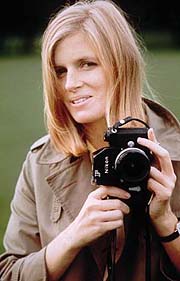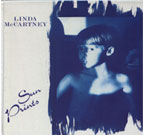
Initially I got nowhere when I asked photographic printers if they would help me experiment with old printing processes. I was told that I would need to speak to a chemist and that modern paper was not of good enough quality, being adulterated with synthetic ingredients. But not long afterwards I was introduced to Andra Nelki, a printer who shared my fascination with these old printing processes. Almost at once we started experimenting with sunprinting."
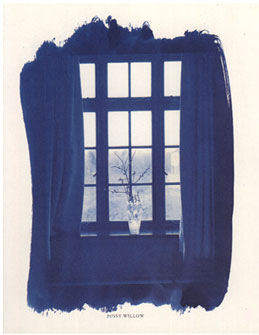
"Mixing the minerals and salts needed for sun printing is a bit like making a cake. Different ingredients and differing propertions of each in the mixture will give different results as will different types of paper. You have to have fine, rag paper and we have found and experiemented witha wide variety of wonderful hand-made papers to achieve different effects."
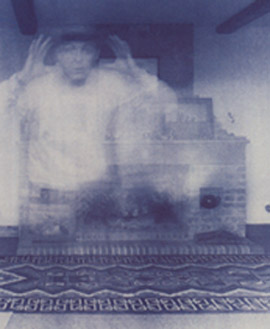
"We started off working in my daughter's bathroom, using the bath to wash the paper free of residual salts. This is one of the other aspects of sunprinting which appeals to me. You can do it at home, you don't need a darkroom, a safety light or an enlarger and you're working with raw minerals, not chemicals. It seems to me to be a more natural process, using uncomplicated ingredients and natural daylight to produce an image"
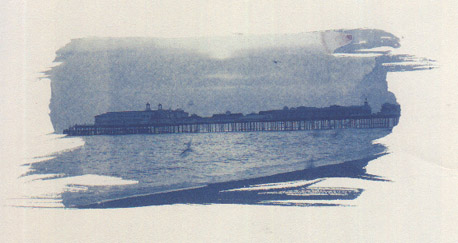
Having said that, sun printing is nothing without a good image. You need a good strong photograph and a thick contrasty negative to get the best results. What I really enjoy is trying to get the most out of a negative. When I have an image I really love I will experiment in all sorts of ways to get the utmost final print. Sun printing has its drawbacks, such as loss of detail, and I am concentrating now on other processes to get even more detail into the prints"

"The quality of light too makes a huge difference to the end results. We've worked at all times of the year, on hazy days, clear days, damp days and dry days. Spring and summer are best, of course, but sometimes you get the most unexpected results on a day which you might think would not be good. A sun print is naturally always the same size as the negative used to produce it."

"A unique feature of sun printing is the pattern of brush strokes created around the edges of the image. When preparing the paper for developing you brush it with a solution of silver nitrate and distilled water, ensuring that the entire surface covered by the negative is covered with the mixture. Because the silver solution is colourless, the pattern made by the brush strokes is invisible until the print emerges and the results can be quite exciting. It wasn't long before I realized the creative possibilities of these brush strokes, if put on in a painterly way."
